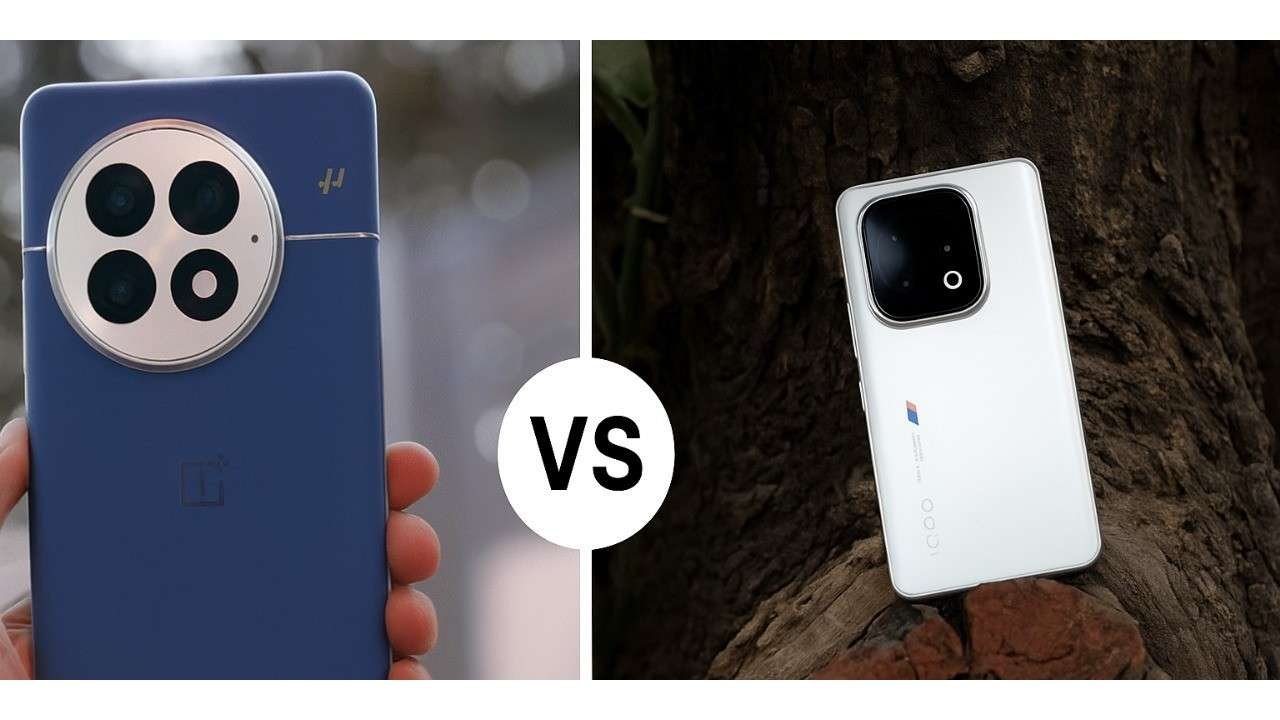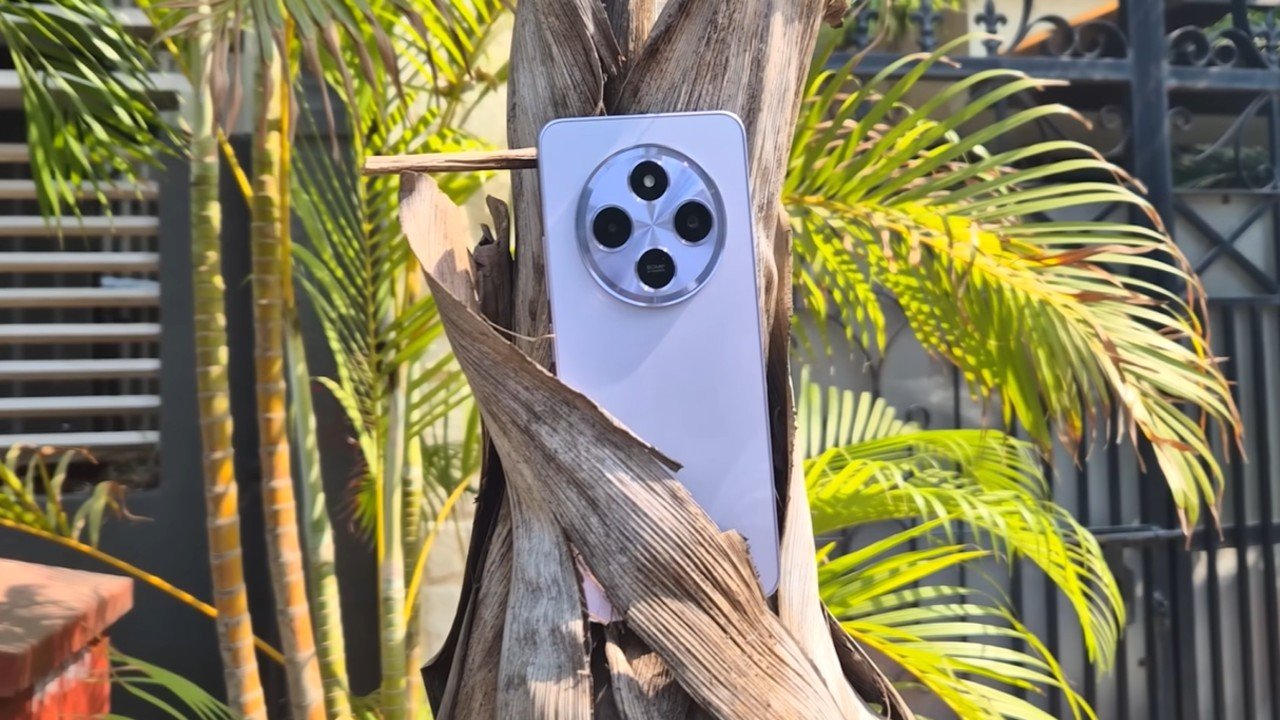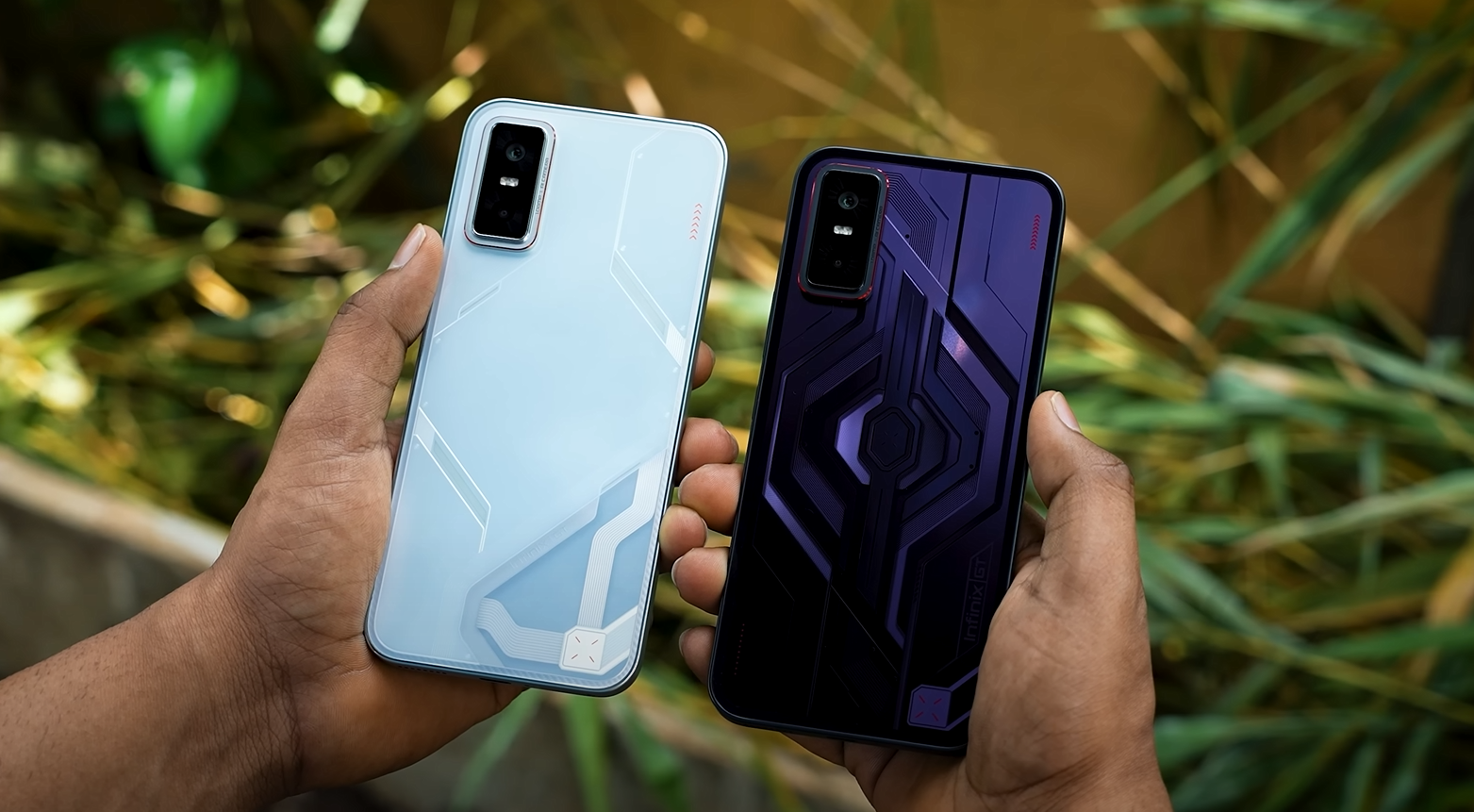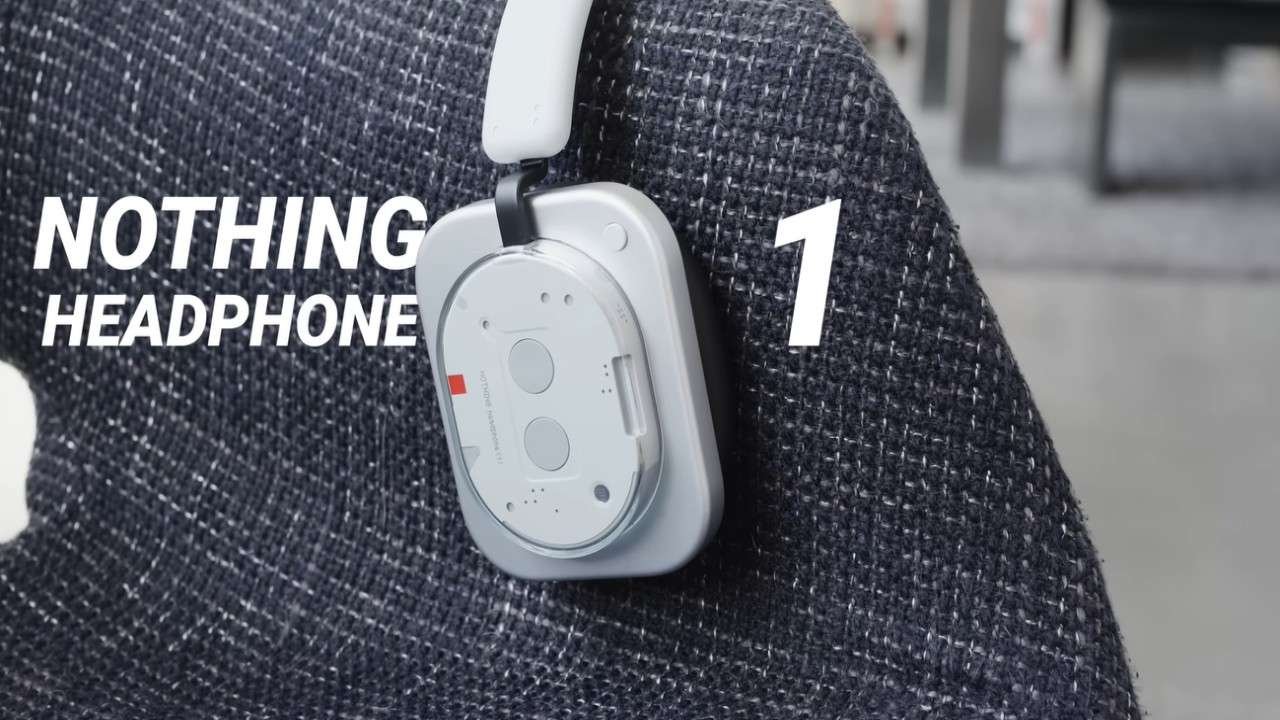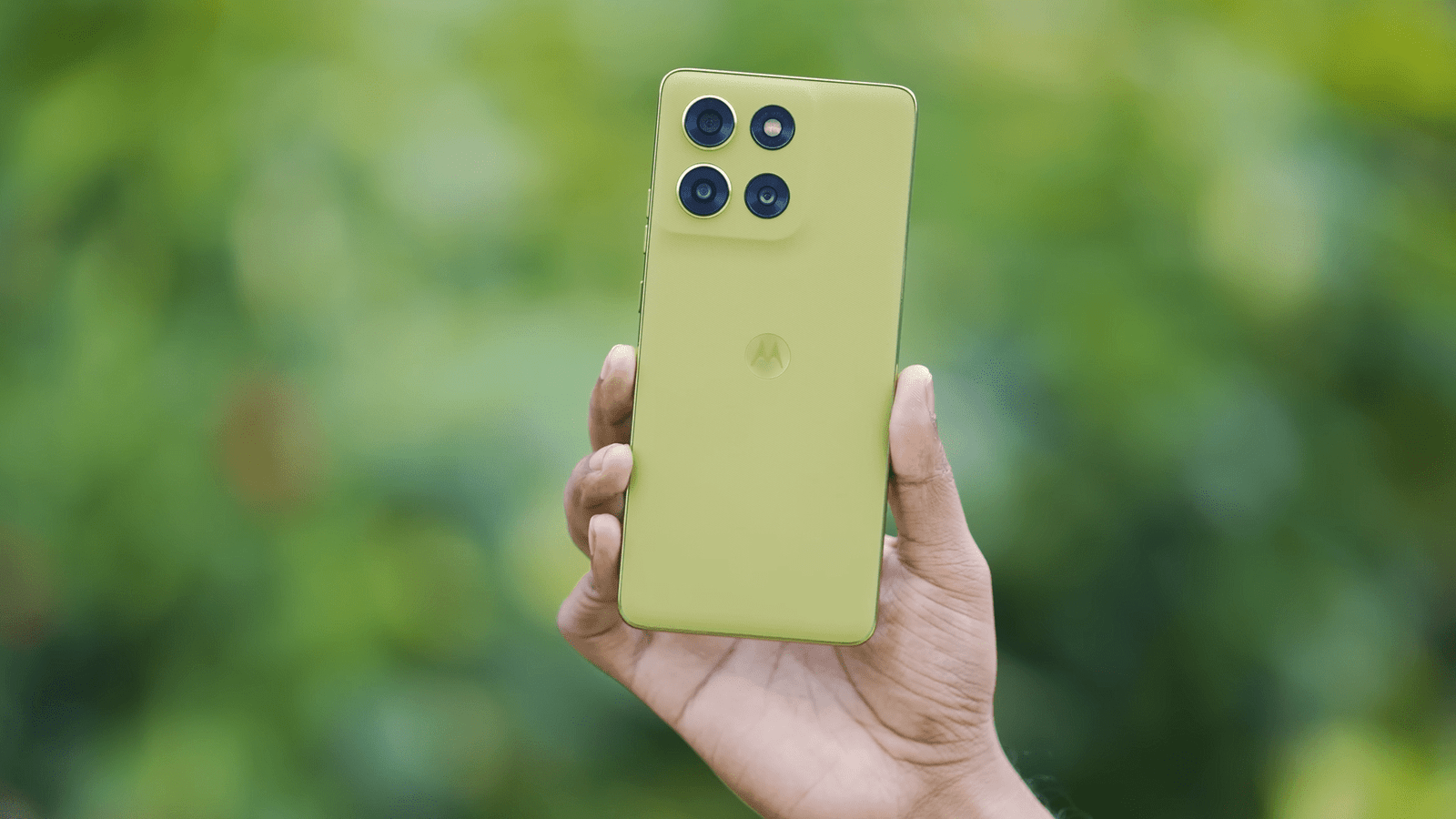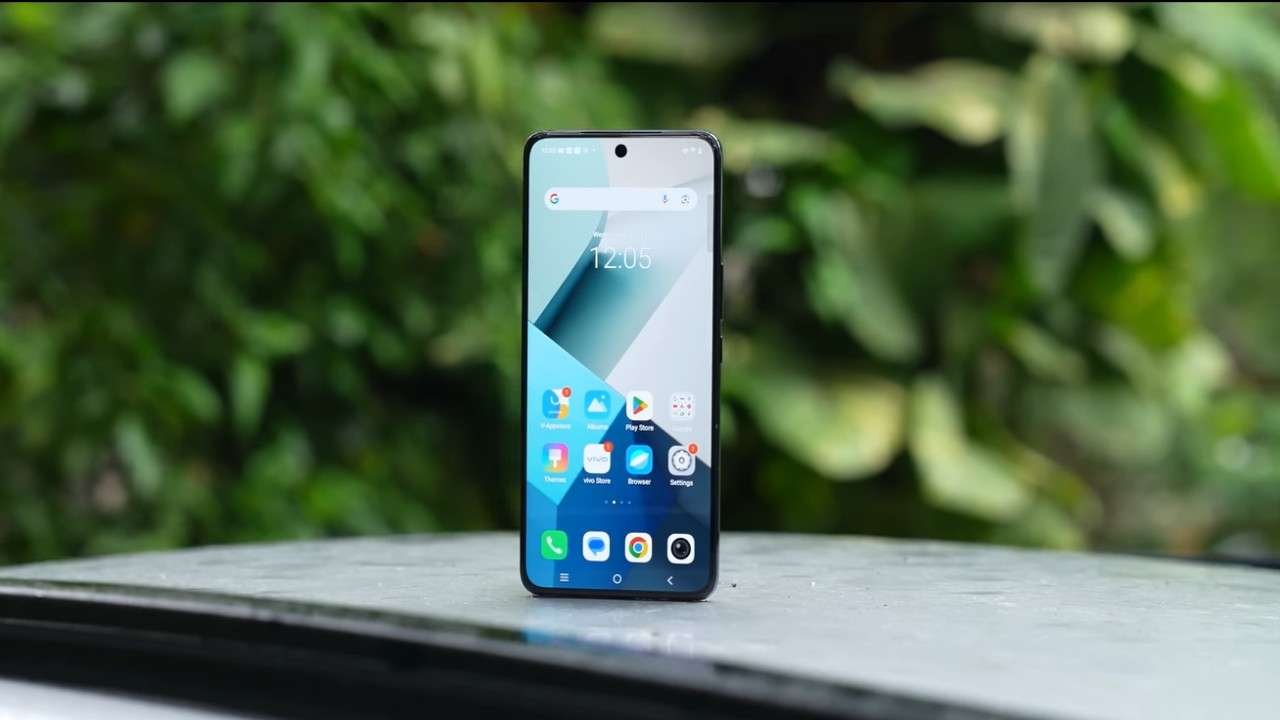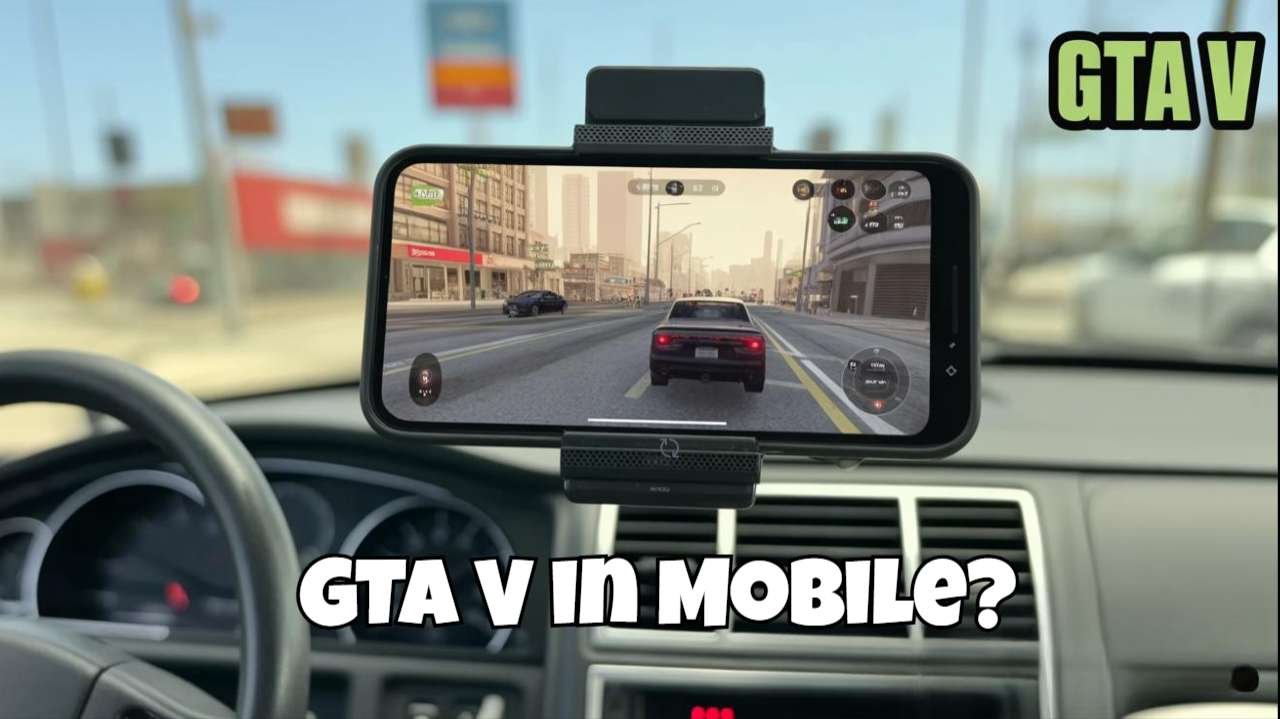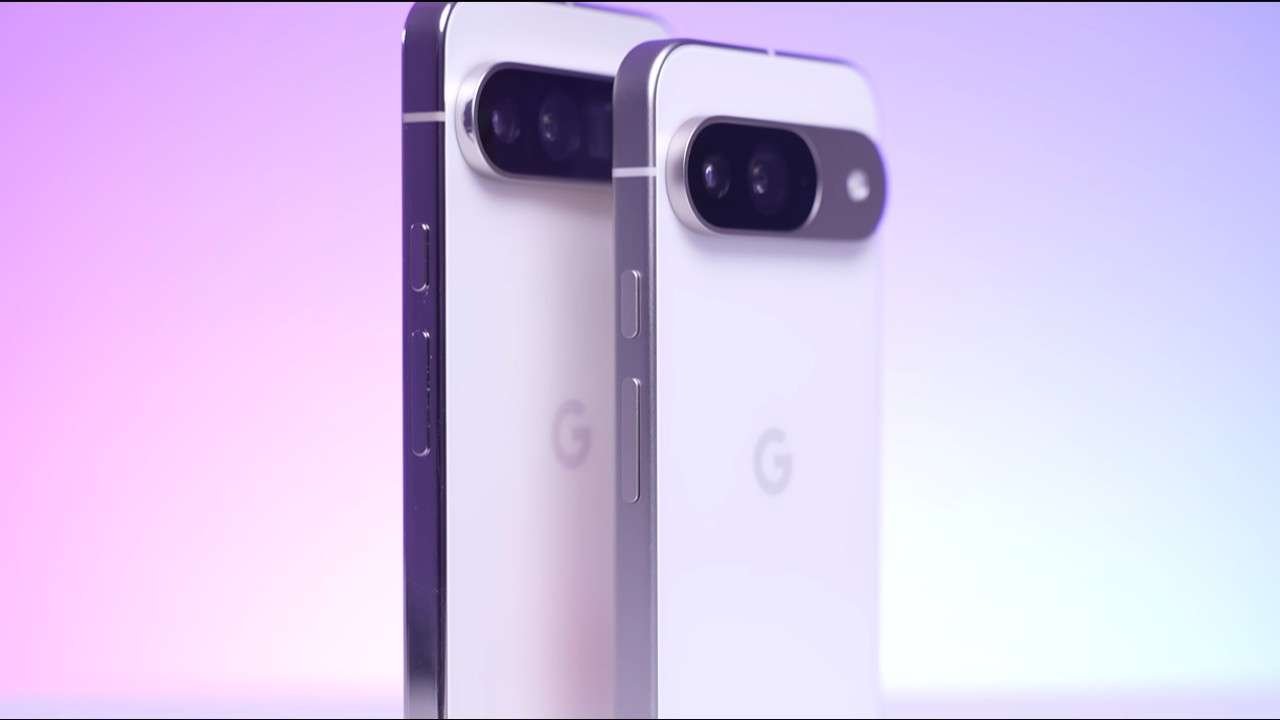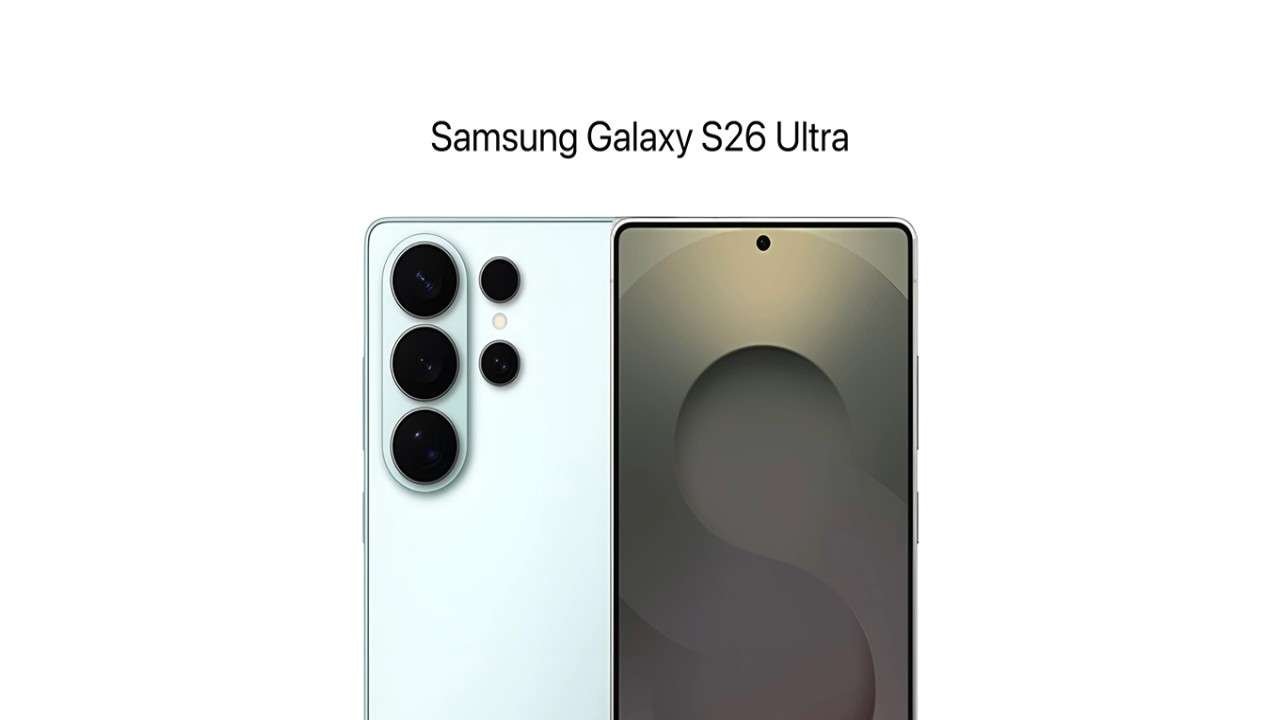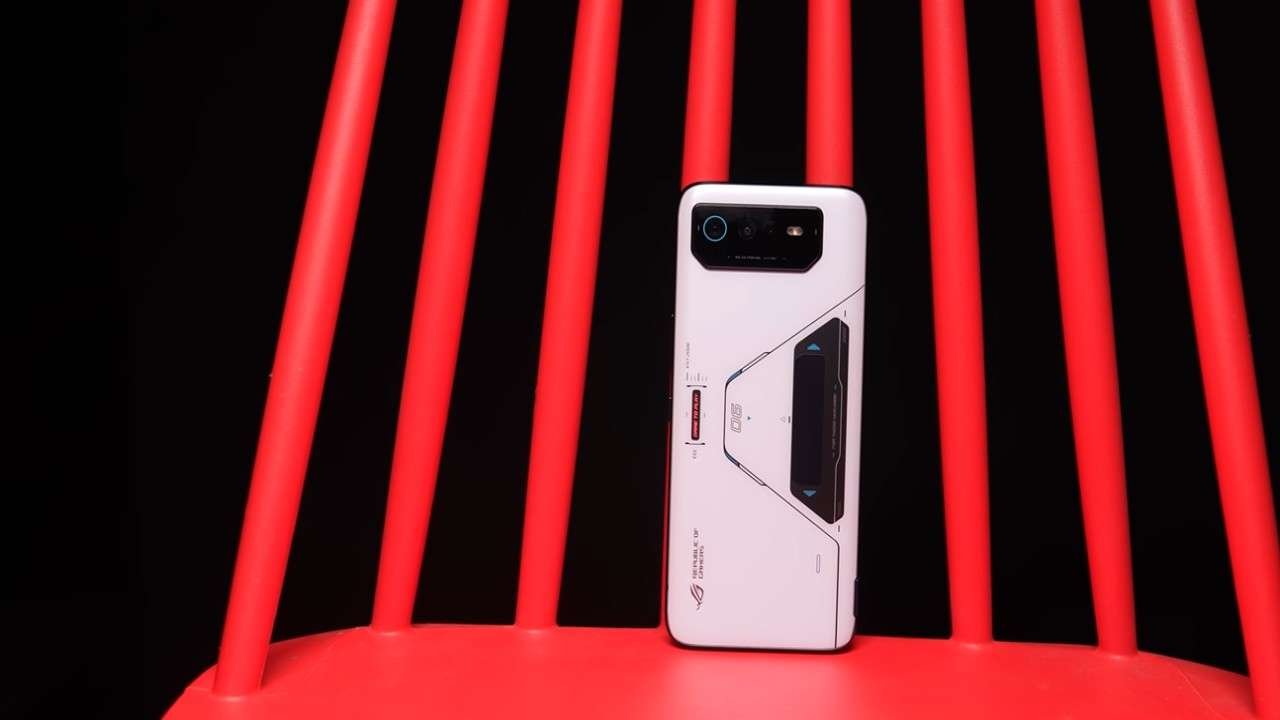Introduction
OnePlus 13 vs iQOO 13: 2025 should be a significant year for flagship phones, especially with the arrival of the Snapdragon 8 Gen 4, now renamed by Qualcomm as Snapdragon 8 Elite. This chip giant establishes a new benchmark for smartphone performance and is already showing up in some of the most eagerly awaited Android phones of 2025. Two of the earliest and most anticipated devices to sport this chip are the OnePlus 13 and the iQOO 13.
Both brands have found a reputation among the Android world for creating performance-oriented smartphones, but they aim at different segments of the market—OnePlus aims at premium all-around devices, while iQOO aims at the gaming and performance segment at competitive prices.
So, which Snapdragon 8 Gen 4 phone is superior in 2025? Let’s compare the OnePlus 13 with the iQOO 13 on design, display, performance, battery life, cameras, software, AI features, and value for money to find out which one deserves a spot in your pocket.
OnePlus 13 vs iQOO 13: Specs at a Glance
| Feature | OnePlus 13 | iQOO 13 |
| Processor | Snapdragon 8 Gen 4 (Elite) | Snapdragon 8 Gen 4 (Elite) |
| Display | 6.82″ LTPO AMOLED, QHD+, 120Hz | 6.78″ AMOLED, 2K, 144 Hz |
| Battery | 6000 mAh, 100 W wired, 50 W wireless | 6000 mAh, 120 W wired |
| Main Camera | 50MP main + 50MP UW + 50MP 3x | 50MP main + 50MP UW |
| Front Camera | 32MP | 16MP |
| OS | OxygenOS 15 (Android 15) | Funtouch OS / Origin OS |
| IP Rating | IP68/IP69 | IP64 (unofficial) |
| Price | ₹64,999 (est.) | ₹54,999 (est.) |
Snapdragon 8 Gen 4: A New Era of Performance
Both the OnePlus 13 and iQOO 13 are powered by the new Snapdragon 8 Gen 4 (Elite) processor. Coupled with TSMC’s new 3nm process, the chip features an Oryon CPU design, the same used in Snapdragon X-series processors used in laptops.
Top upgrades:
- CPU: As much as 45% faster than Gen 3
- GPU: Adreno 830 with 40–50% better graphics capability
- AI Engine: Dual-core NPU with support for on-device LLM
- Efficiency: As much as 30% better battery optimization
Both smartphones record well over 2.2 million in bare scores on AnTuTu, ranking among the fastest Android smartphones of all time. The iQOO 13 edges the OnePlus by a hair in Geekbench multicore performance via more extreme thermal control, while the OnePlus 13 focuses on balanced performance with improved sustained heat management.
Verdict: Tie in peak performance. iQOO 13 slightly better in short burst; OnePlus 13 more consistent when loaded continuously.
OnePlus 13 vs iQOO 13: Display & Multimedia Experience
OnePlus 13
- Size: 6.82-inch LTPO AMOLED
- Resolution: 3168×1440 (QHD+)
- Refresh Rate: Adaptive 1–120Hz
- Brightness: 4500 nits peak
- Extras: Dolby Vision, HDR10+, 10-bit color
OnePlus 13 brings one of the brightest and most color-accurate displays out there. With a fresh “Crystal AMOLED” display and razor-thin bezels, it’s perfect for media consumption, gaming, and outdoor use.
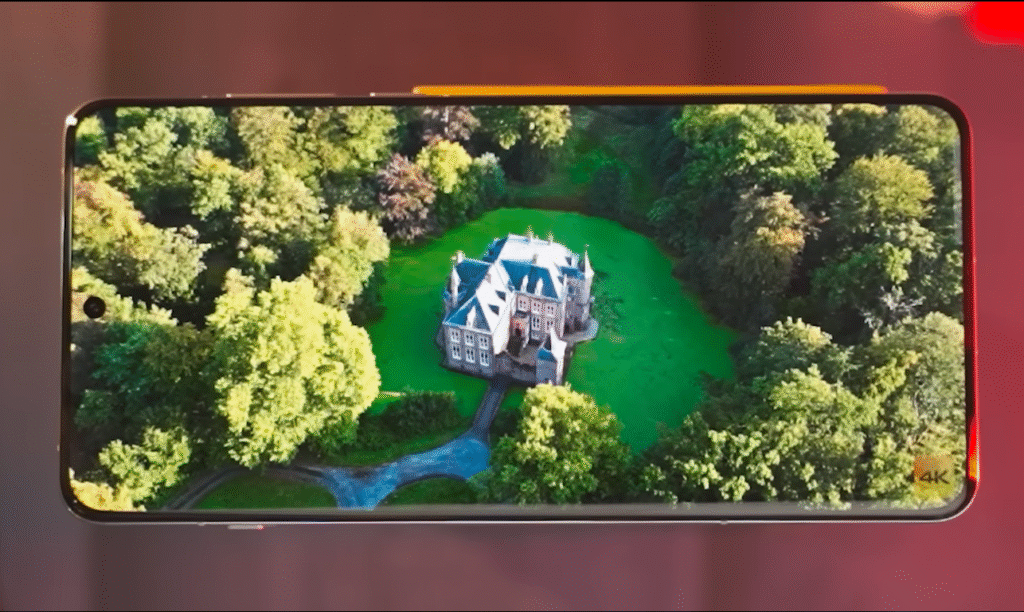
iQOO 13
- Screen size: 6.78-inch E7 AMOLED
- Resolution: 2K+ (2800×1260)
- Refresh rate: 144 Hz
- Peak brightness: 4500 nits
- Extras: HDR10+, stereo speakers
The iQOO 13 comes with a Samsung E7 display, which is smoother at a 144 Hz refresh rate and thus more gamer-oriented. The picture quality is excellent but lacks Dolby Vision support.
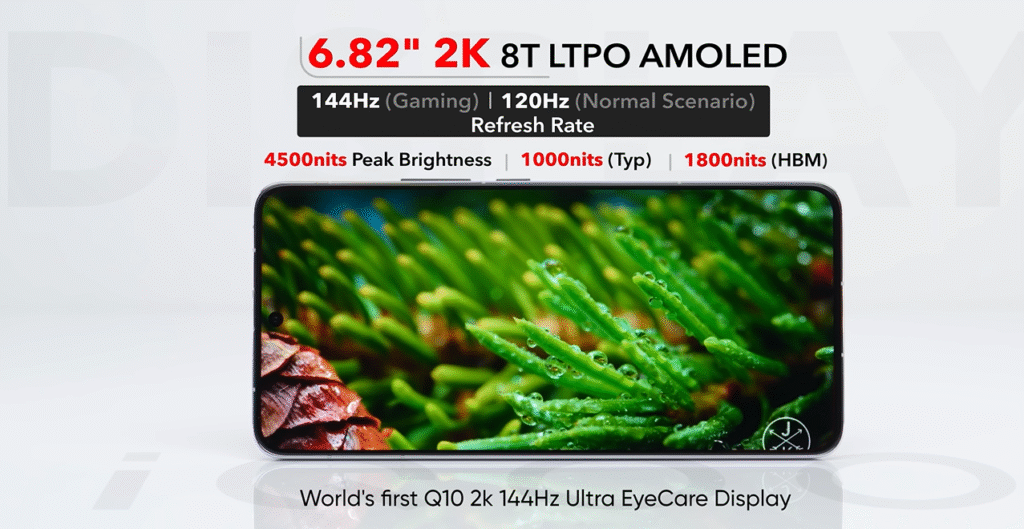
Verdict: OnePlus 13 takes the lead in premium visual quality and Dolby support. iQOO 13 takes the trophy among gamers due to its 144 Hz.
OnePlus 13 vs iQOO 13: Design & Build Quality
OnePlus 13
- Materials: Glass (Ceramic Shield) or vegan leather
- Frame: Aluminum
- Protection: IP68 & IP69 (dust, steam, high-pressure jets)
- Finish: Polished, luxurious looks
The OnePlus 13 features a flat-edge symmetrical design with an enormous camera island. The recently introduced IP69 rating makes it one of the most durable phones available. Stereo speaker sound quality, tactile haptics, and detailing are all flagship-level.
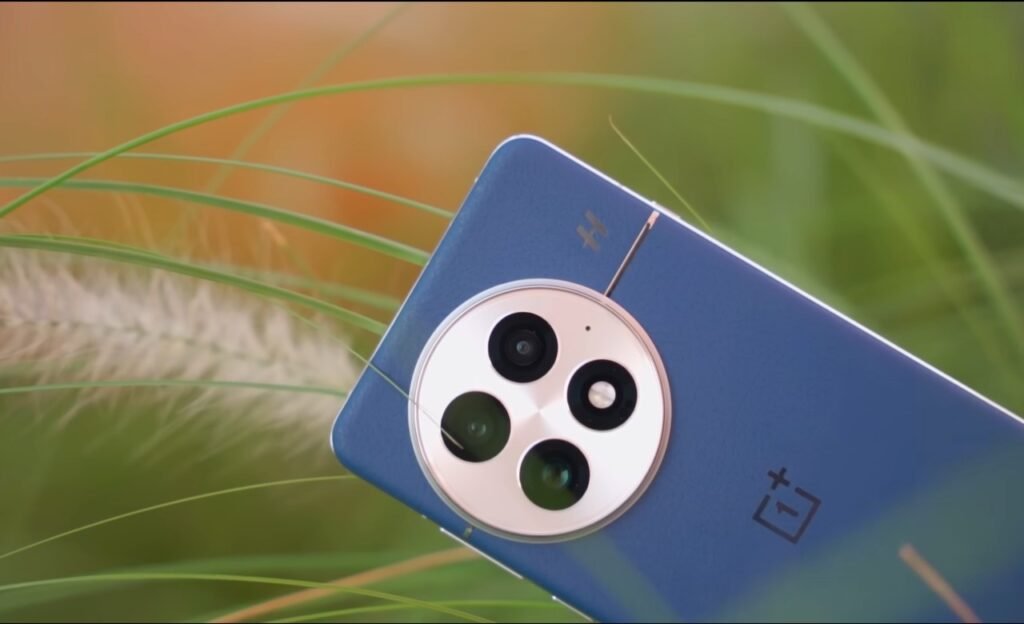
iQOO 13
- Materials: Glass or matte plastic (region-based)
- Protection: No official IP rating (IP64-like resistance to be expected)
- Design language: Minimalistic but not flagship polish
Although the iQOO 13 is stylish, it trails the OnePlus 13 in premium look and build quality. No ceramic, no IP69 rating here.
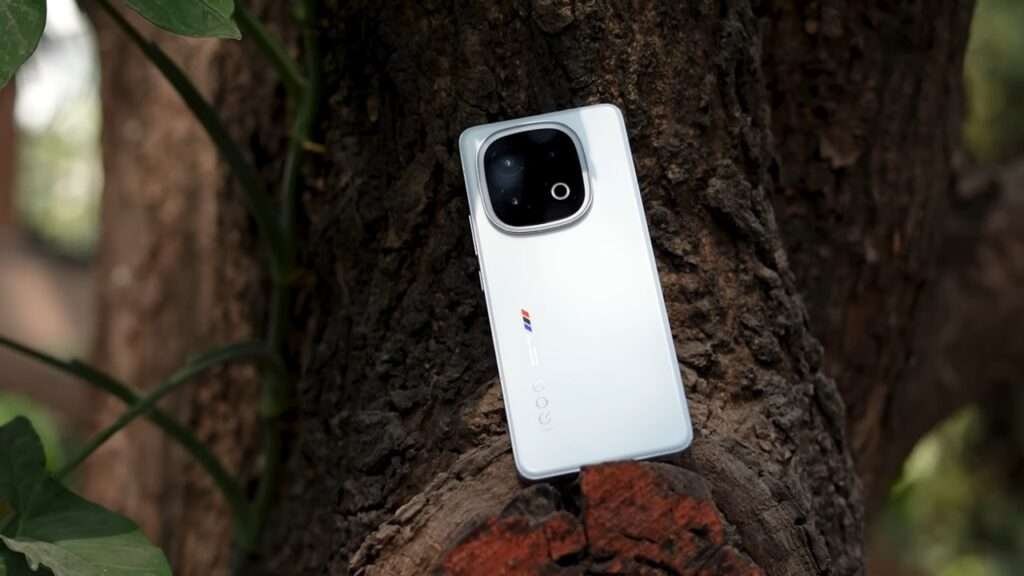
Verdict: OnePlus 13 wins outright when it comes to premium feel and durability.
OnePlus 13 vs iQOO 13: Battery Life & Charging
Both phones come with humongous 6000 mAh batteries but differ in charging philosophies.
OnePlus 13
- Charging: 100W wired (Warp Charge 100), 50W wireless (AirVOOC)
- Battery type: Silicon-carbon dual cell
- Endurance: More readily able to last 1.5–2 days
- Extras: Real-time AI power adjustment tuning, USB PD support
iQOO 13
- Charging: Wired 120W, no wireless
- Battery type: Standard lithium cell
- Endurance: About 1.5 days with gaming and 5G
- Extras: FlashCharge technology
Verdict: iQOO 13 charges faster (0–100% in 25 mins), but OnePlus 13 has wireless charging and better long-term battery life with its silicon-carbon tech.
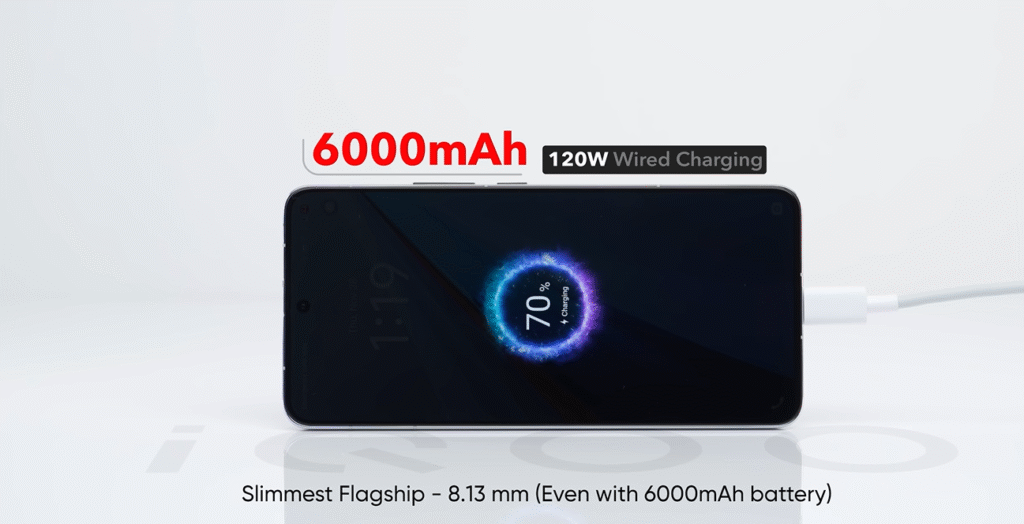
OnePlus 13 vs iQOO 13: Camera Comparison: Hasselblad vs Hardware
OnePlus 13 Camera System
- Main: 50MP Sony LYT-808 sensor, OIS
- Ultra-wide: 50MP f/2.0
- Telephoto: 50MP 3x zoom
- Front: 32MP
Camera performance is excellent under any light conditions. Hasselblad mode boosts skin tones, contrast, and natural color science. Dolby Vision capture on all lenses makes it a creator-focused flagship.
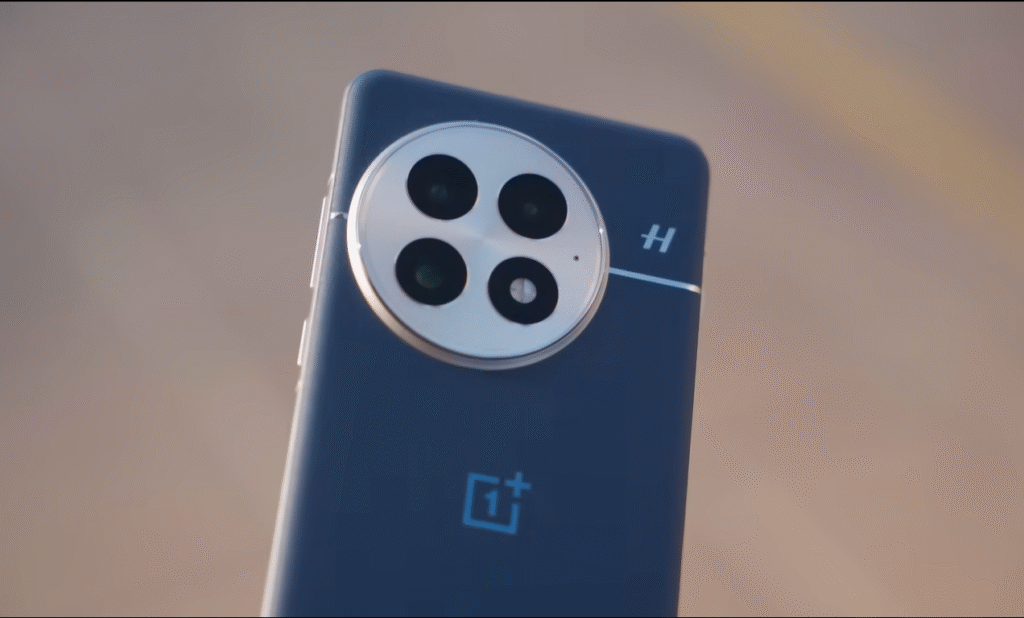
iQOO 13 Camera System
- Main: 50MP GN5 or equivalent
- Ultra-wide: 50MP
- Front: 50MP
Daylight photography is solid with accurate exposure and detail. Low-light images, however, are over-sharpened or lack dynamic range. The lack of a telephoto lens puts it behind the OnePlus in zoom or portrait photography.

Verdict: OnePlus 13 by a landslide with its color-accurate, capable camera hardware and better computational photography.
OnePlus 13 vs iQOO 13: AI Features & Smart Experiences
The Snapdragon 8 Gen 4 chip provides on-device AI computing with LLMs of up to 10B parameters. Both smartphones utilize it, but OnePlus utilizes it better.
OnePlus 13 AI Features
- Smart Gallery, AI Eraser, Magic Compose
- Real-time video call translation
- AI battery and thermal optimization
- Smart charging based on user behavior
- Integrated chatbot via OxygenOS
iQOO 13 AI Features
- AI camera scene optimization
- Gaming assistant for performance optimization
- On-device content summarization in browser
- AI call noise reduction
Verdict: OnePlus 13 has top-notch AI integration in the OS and apps. AI usage in iQOO is mostly limited to gaming and camera.
OnePlus 13 vs iQOO 13: Software & Updates
OnePlus 13
- OS: OxygenOS 15 based on Android 15
- Update Policy: 5 years security, 4 years OS updates
- UI: Clean, light, close to stock with smart optimization
iQOO 13
- OS: Origin OS (China) / Funtouch OS (Global)
- Update Policy: 3 years OS, 4 years security
- UI: More bloatware, feature-rich but inconsistent
Verdict: OnePlus 13 hands down for longer support, minimalist UI, and bloat-free software experience.
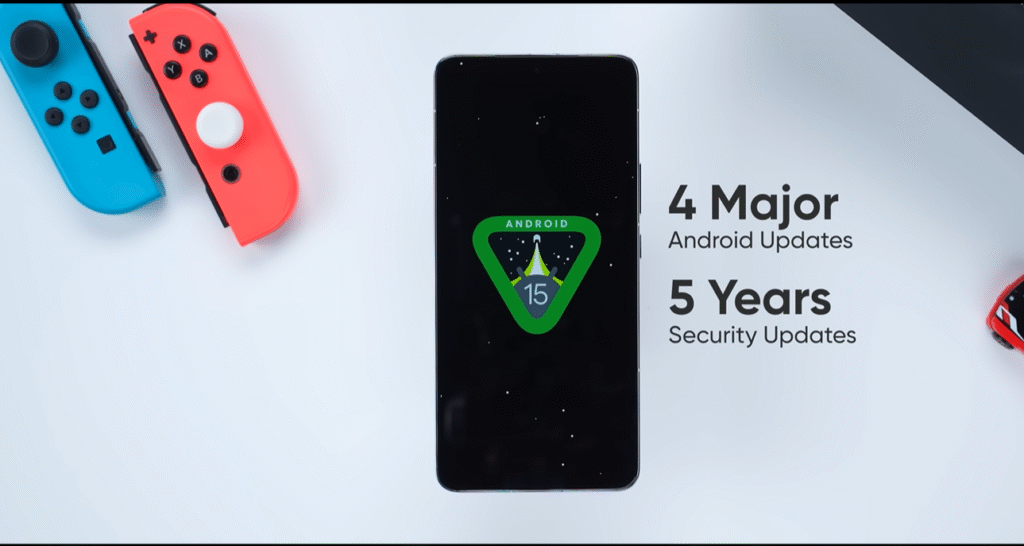
OnePlus 13 vs iQOO 13: Gaming Experience
Both phones have ultra-smooth gaming thanks to the Snapdragon 8 Elite and advanced cooling.
iQOO 13
- 144 Hz refresh
- Gaming Assistant & Ultra Game Mode
- Specialized frame stabilization engine
- 10,000 mm² vapor chamber
OnePlus 13
- 120Hz refresh
- Cryo-velocity cooling system
- Dolby Atmos and X-axis vibration
- Gaming toolbox with FPS overlay
Verdict: iQOO 13 is a gaming-oriented phone with smoother frame and refresh handling. OnePlus 13 is still awesome but more for casual or mid-range gamers.
OnePlus 13 vs iQOO 13: Price and Value for Money
- OnePlus 13: ₹64,999 in India ($899 globally)
- iQOO 13: ₹54,999 in India ($670 globally)
For ~₹10,000 less, iQOO 13 offers the same processor, nice display, and decent battery—but compromises on camera, software, and premium features.
Verdict: iQOO 13 wins the raw value crown. OnePlus 13 wins if you require the full flagship experience.
Conclusion: Which One Should You Buy?
Purchase the OnePlus 13 if you want:
- Industry-leading display and durability (IP69)
- Hasselblad-tuned triple camera setup
- Wireless charging and better battery optimization
- Clean UI with 4 years of substantial updates
- Premium flagship experience
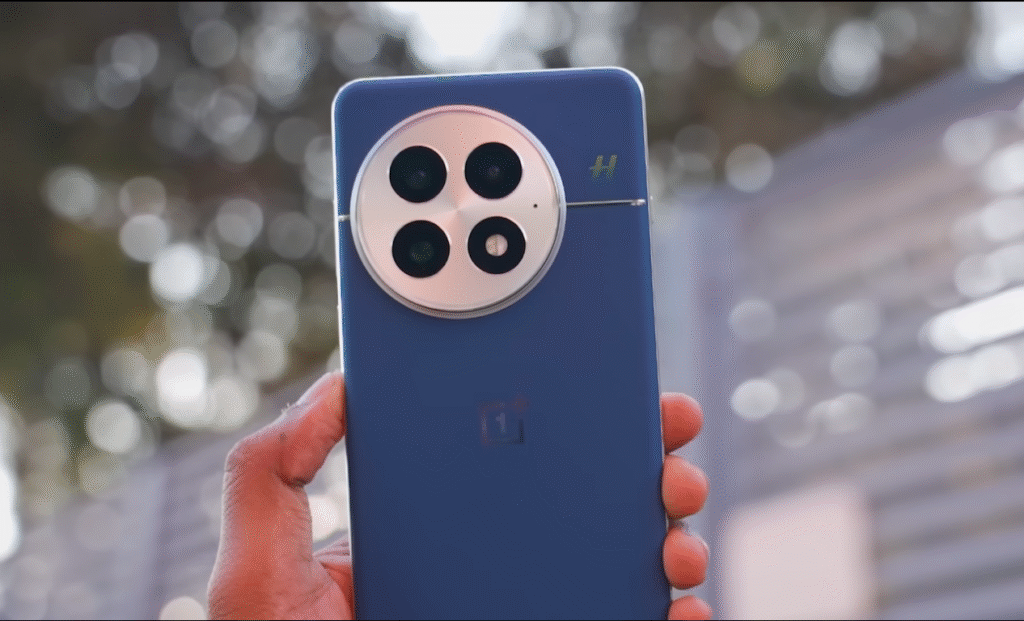
Purchase the iQOO 13 if you want:
- Same super-fast Snapdragon 8 Gen 4 chip
- 144 Hz AMOLED for gaming
- 120W charging at a lower price
- Great value under ₹55K
- No-frills performance and large battery
Final Verdict
If you’re a tech enthusiast, a creator, or someone who wants the most balanced flagship, the OnePlus 13 is the clear winner. But if you’re a gamer, a performance seeker, or simply want maximum specs under ₹60K, the iQOO 13 is a beast of a deal.
Whichever it is, you’re getting one of the best Snapdragon 8 Gen 4 smartphones in 2025.

